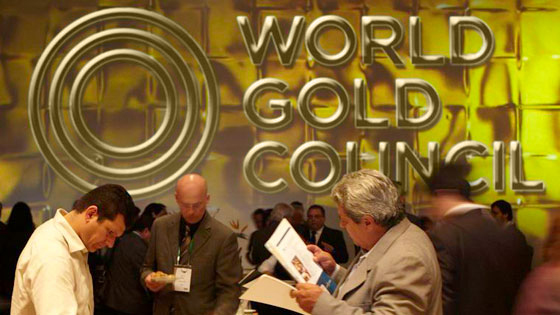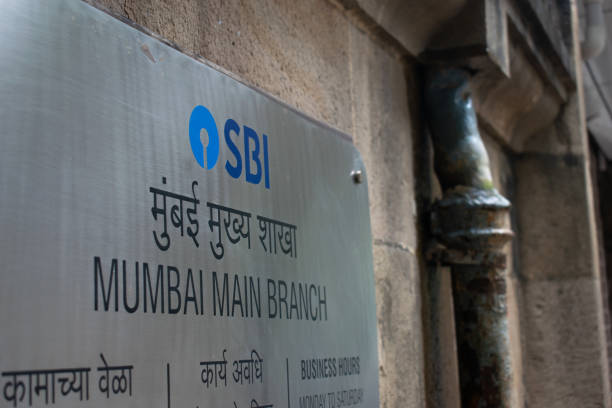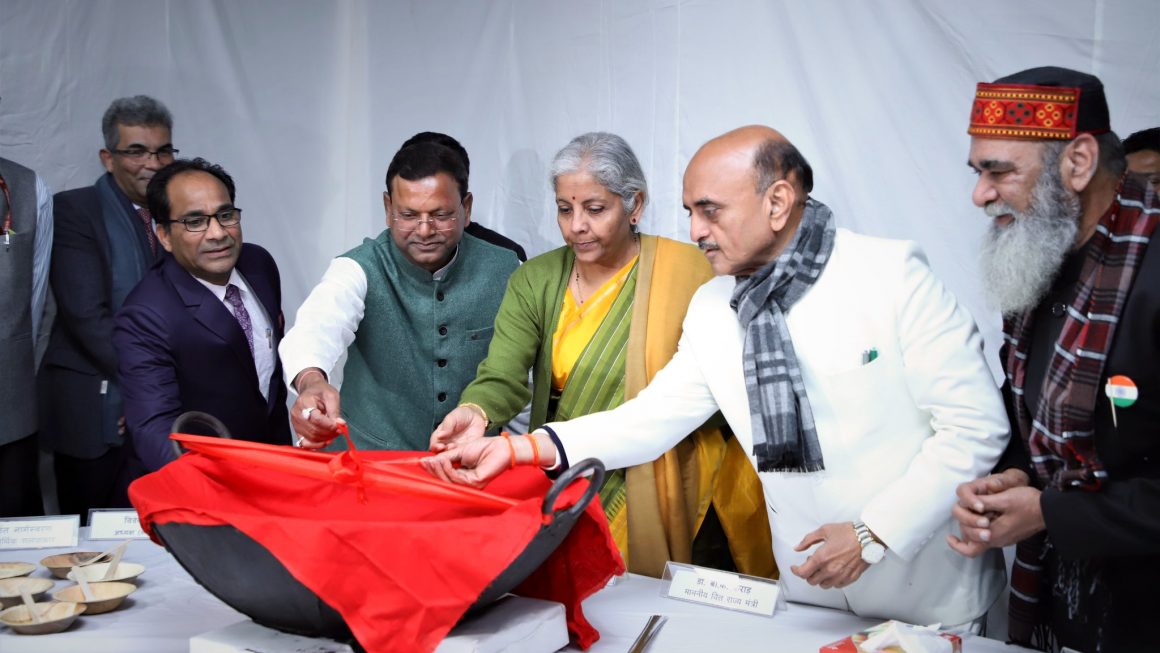NEW DELHI: Global gold demand grew 7 per cent to 1,053.3 tonne in the first quarter of 2019, against the year-ago period, mainly driven by higher purchase by the central banks and growth in gold-backed exchange-traded funds (ETFs), according to a World Gold Council (WGC) report.
The overall demand stood at 984.2 tonne in the first quarter of 2018, according to the WGC’s Q1 Gold Demand Trends report.
Purchase of gold by central banks went up by 68 per cent to 145.5 tonne during the first quarter of this year compared to 86.7 tonne in the same period of 2018, representing the strongest start to a year since 2013.
“The central bank buying gold was led by Russia, which added 55.3 tonne, while China also made a come back by buying 33 tonne. Even the Reserve Bank of India bought a small amount of 8.4 tonne during the period,” WGC managing director, India, Somasundaram PR told PTI here.
The was mainly due to diversification and a desire for safe, liquid assets.
“The beginning of 2019 saw a sharp recovery in investor sentiment in both the equity and debt markets, but appetite for gold remained solid. In the first quarter, central banks continued to increase their holdings of gold, while ETFs also saw an increase in inflows compared with the first quarter of 2018,” WGC Head of Market Intelligence Alistair Hewitt said.
Total investment demand was up 3 per cent during the quarter at 298.1 tonne, compared with 288.4 tonne in the same quarter of 2018.
ETFs and similar products added 40.3 tonne during January-March period, up 49 per cent on last year, aided by geopolitical tensions in Europe and growing doubts over the health of the US economy.
Bar and coin investment softened slightly by 1 per cent to 257.8 tonne due to a fall in demand for gold bars, as official gold coin buying grew 12 per cent to 56.1 tonne.
This was mainly due to drop in Chinese demand and disinvestment in Japan.
“European investment in ETFs hit a record high and this quarter’s figures suggest that the factors that are driving the investment negative yields on Eurozone sovereign debt, geopolitical uncertainty and financial market volatility will continue to underpin investment demand,” Hewitt said.
In addition, he said, central banks on both sides of the Atlantic putting monetary policy tightening on hold and potentially easing – is likely to be supportive of gold.
Jewellery demand rose 1 per cent at 530.3 tonne compared to 527.3 tonne in the same period last year mainly driven by India.
A lower gold price in rupees in late February and early March coincided with the traditional gold buying wedding season, lifting jewellery demand in India to 125.4 tonne, which was 5 per cent increase on the same period last year and the highest quarter one since 2015.
Total supply remained virtually unchanged at 1,150 tonne from 1,153.1 tonne in the same period last year, the report said.
Recycling was up 5 per cent at 287.6 tonne, compared with 274.6 tonne in the first quarter of 2018, mainly due to drop in gold prices in local currencies, it added.


